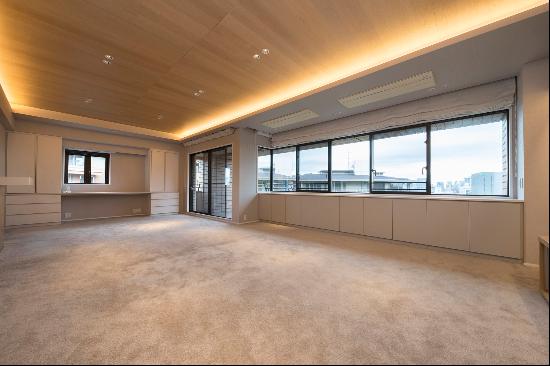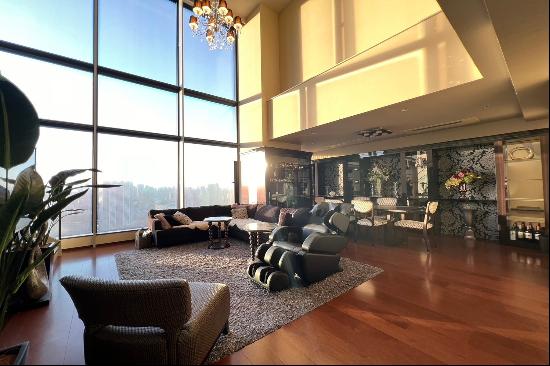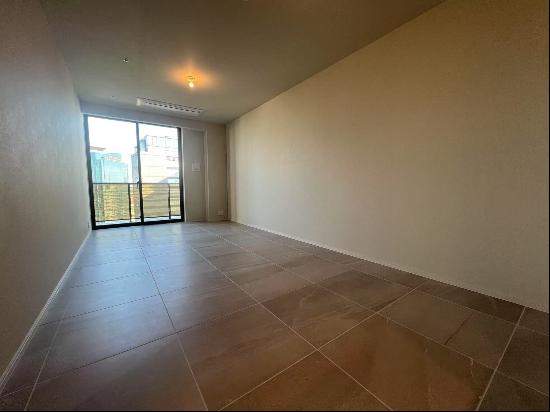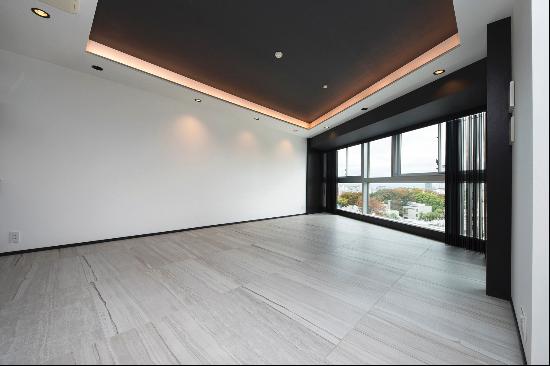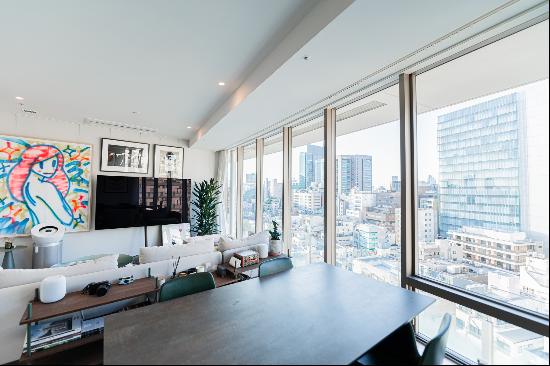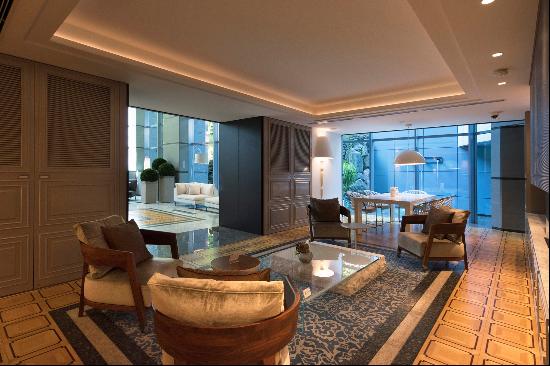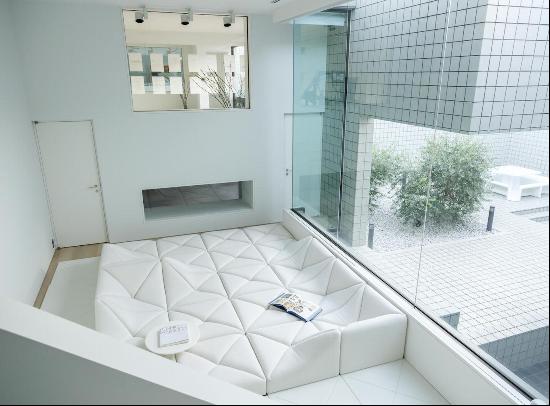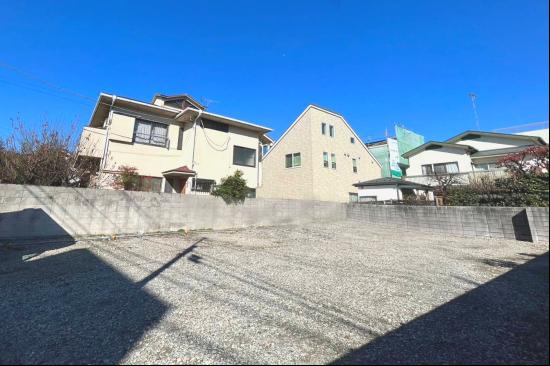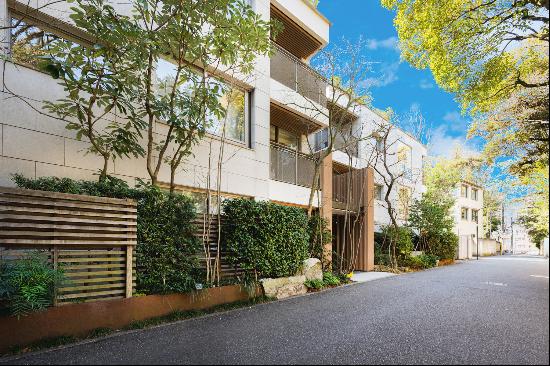
By Hannah Fearn
When the freneticism of London living (or, more recently, the pandemic pressure cooker of a locked-down family home) threatens to overwhelm, I escape to a place of pure calm: the tranquility of a Japanese novel.
It is not only the beauty of the sparse prose that draws me back to Japan’s modern writers again and again, but the way they pull you into time and location with careful description of nature, place and atmosphere. A traditional Japanese home, as described in such works, strips out all decorative fuss, leaving only that which is functional and restorative.

Escaping to a fantasy home, I yearn only for bamboo and mahogany, for the simplicity of a futon laid out on sweet-smelling tatami. I imagine taking up permanent lodgings in the mountain guesthouse and onsen (traditional hot-spring spa) that feature in the final third of Hiromi Kawakami’s slim but exquisite novel Strange Weather in Tokyo. The property is situated on an unnamed island, a short train and ferry journey from Tokyo, and is an example of classic Japanese architecture, bringing nature inside through large picture windows.
The rooms occupied by thirtysomething city dweller Tsukiko and her much older teacher-turned-almost-lover Sensei look out over the mountain and the sea respectively. They are each “the same six mat size”, an uncomplicated, silent backdrop to the elaborate menu of octopus and abalone that is served to guests — and to the complexity of emotions that underpins the relationship between the two.
Here, as Tsukiko remarks over and over, “it’s so quiet”. And here I can find some peace too.
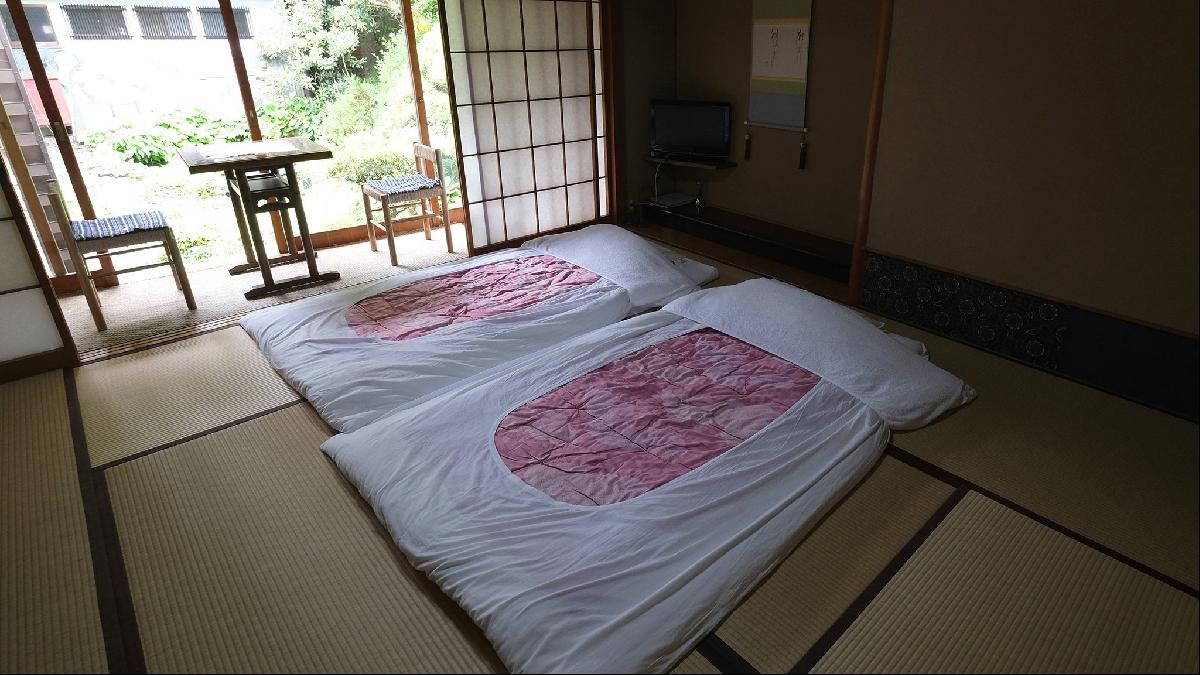
I imagine myself unfolding clothes carefully, wrapping myself in a gown and tying the obi (belt or sash), allowing the night air into the room and inhaling the scent of the pine forest that cloaks the mountain. I would retire early, watching the dark close in quietly from my floor-level bed, then wake at sunrise to take a hot spring bath alone, drinking jasmine tea to rehydrate while reading, accompanied only by the sounds of the trees and waves. Later, I could take a long walk through the woods, returning for a second dip in the onsen — empty of other guests, of course — and this time accompanied by a cool beer.
My mountain hideaway may be a work of fiction, but I could find equal solace holed up in this traditional two-bedroom family home in Kyoto, on the market for ¥150m ($1.38m), with traditional wooden beams, and bamboo and paper window screens. Its small, manicured garden brings a moment of natural calm to city living.

But my heart would be truly captured by this modern eight-bedroom update (main picture, above) on the onsen house. Set on the shores of Lake Kawaguchi, close to Mount Fuji, there is a water view from every window and a beautiful indoor slate hot onsen bath too. The built-in bar makes it easy to imagine oneself easing into the hot spring water while sipping a homemade cocktail, watching the sun slide below the lake. But with a fully fitted kitchen and games room, the hit of ritualistic Zen does not come at the cost of any comfort.
Despite the ¥1.2bn ($11.1m) price, though, I would have to spend a little more: I must put down tatami — in the bedrooms, at least.
Photography: List Sotheby’s International Realty; Getty Images


